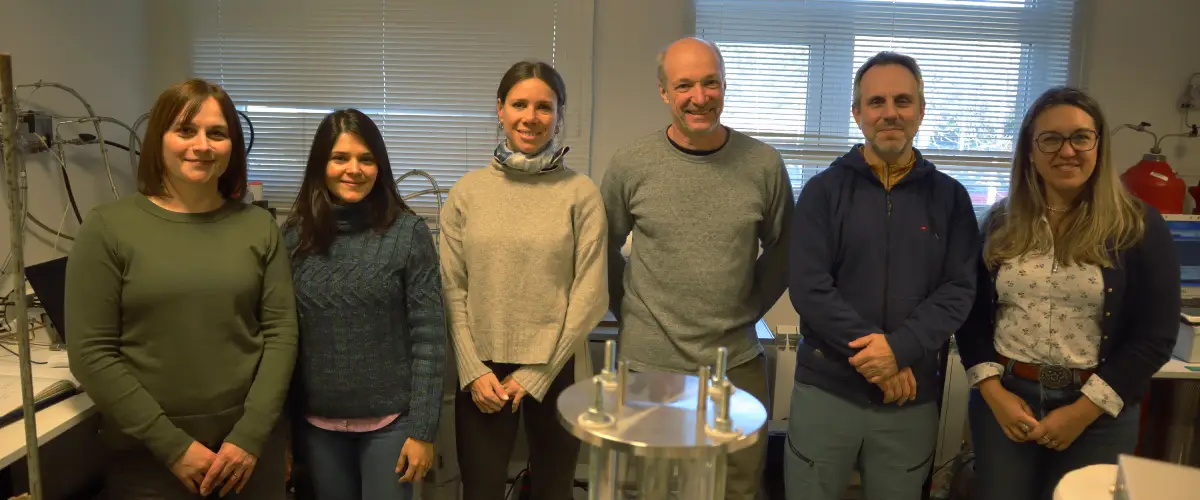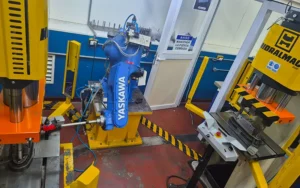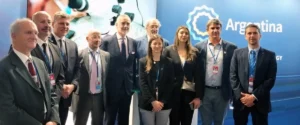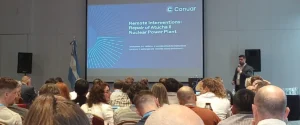Developing efficient hydrogen separation technologies is key to expanding its role as a clean energy source and industrial input. In Argentina, the National Atomic Energy Commission (CNEA), CONUAR, and the Institute of Research in Catalysis and Petrochemistry (INCAPE) are working together to create innovative palladium membranes for high-purity hydrogen separation, with potential applications across energy, nuclear, and manufacturing sectors.
Scientific and Industrial Collaboration for Hydrogen Innovation
The Comisión Nacional de Energía Atómica (CNEA), a governmental agency under the Chief of the Cabinet of Ministers, is leading this initiative with the support of CONUAR and INCAPE (a joint unit of CONICET and the National University of Litoral).
The project addresses the growing needs of Argentina’s industry by advancing membrane-based hydrogen purification systems. It aims to deliver scalable, high-efficiency solutions for both clean fuel production and industrial processes.
Development of Palladium Membranes for Hydrogen Purification
The initiative is coordinated by CNEA’s Department of Materials Physical Chemistry, in partnership with INCAPE’s membrane research group and CONUAR’s industrial R&D division.
The core technology involves palladium membranes supported on porous stainless steel structures. These components are designed to maximize separation efficiency and deliver high-purity hydrogen, suitable for applications in energy, manufacturing, and nuclear processes. Currently, the membranes are undergoing performance testing using a custom-built, automated measurement device developed by students from the Instituto Balseiro.
How Do Palladium Membranes Work?
Advanced Testing with Argentine Technology
Industrial Applications and Real-World Implementation
“At CNEA, we coordinate a national hydrogen network involving all research labs focused on hydrogen technologies. Within this network, we identified a promising group in Santa Fe developing small-scale hydrogen separation membranes. Meanwhile, our Fission Radioisotope Production Plant faced a challenge: separating hydrogen from radioactive gases to improve storage and reduce emissions,” explains Dr. Gabriel Meyer, researcher at CNEA’s Materials Physical Chemistry Laboratory.
In response, the CNEA team proposed scaling up INCAPE’s membranes and adapting them to real-world industrial conditions. CONUAR joined the initiative to strengthen its hydrogen R&D line and explore broader applications for energy and manufacturing.
Institutional Contributions for Strategic Technology
“Institutional collaboration is essential. We bring manufacturing expertise and production scalability, while CNEA and INCAPE provide cutting-edge research,” notes Florencia Allevatto from CONUAR’s R&D Department.
Researcher Ana Tarditi from INCAPE adds, “We’ve spent years working on hydrogen technologies, especially purification through membranes. This collaboration allows us to turn that knowledge into a functional, transferrable product.”



